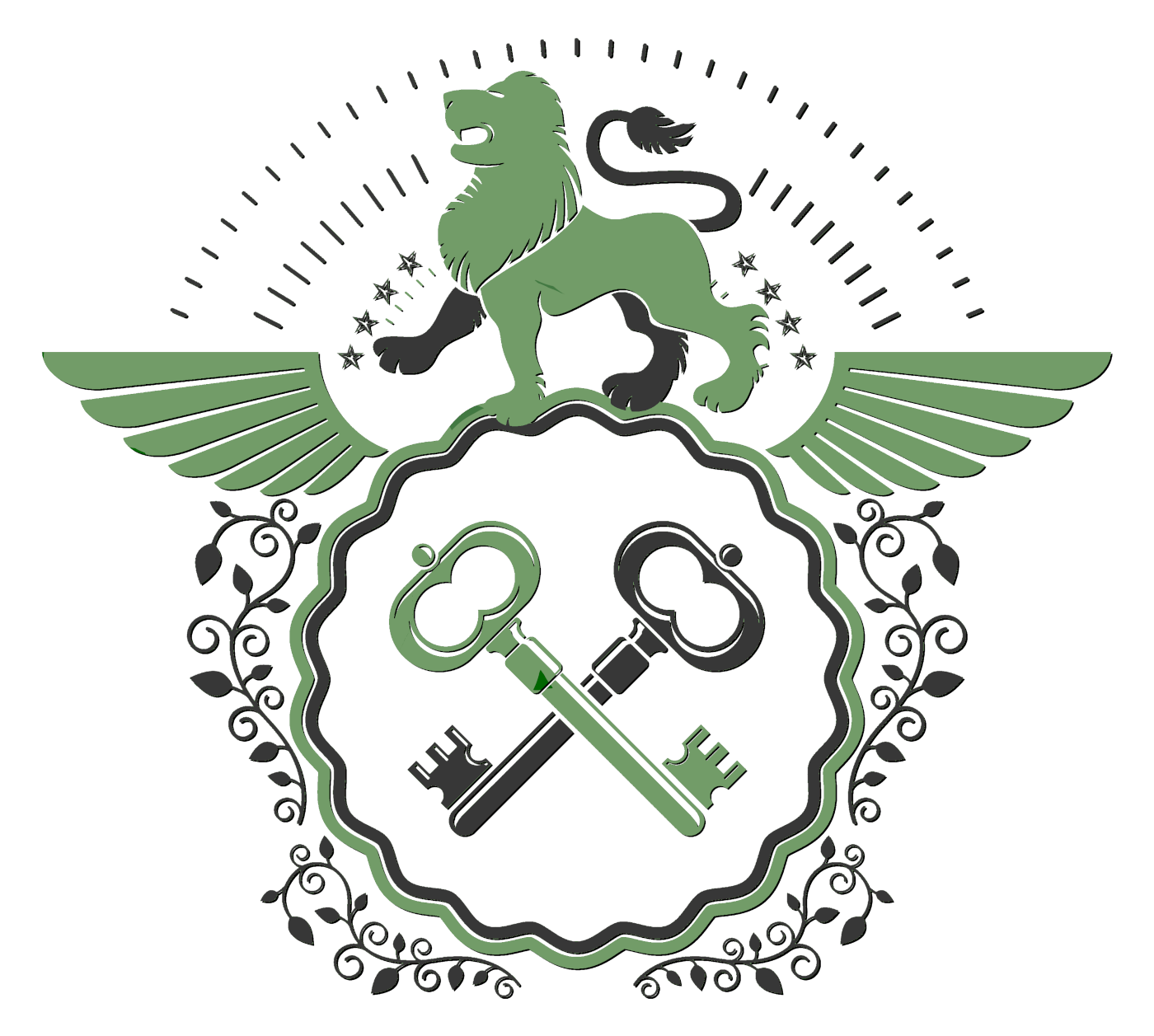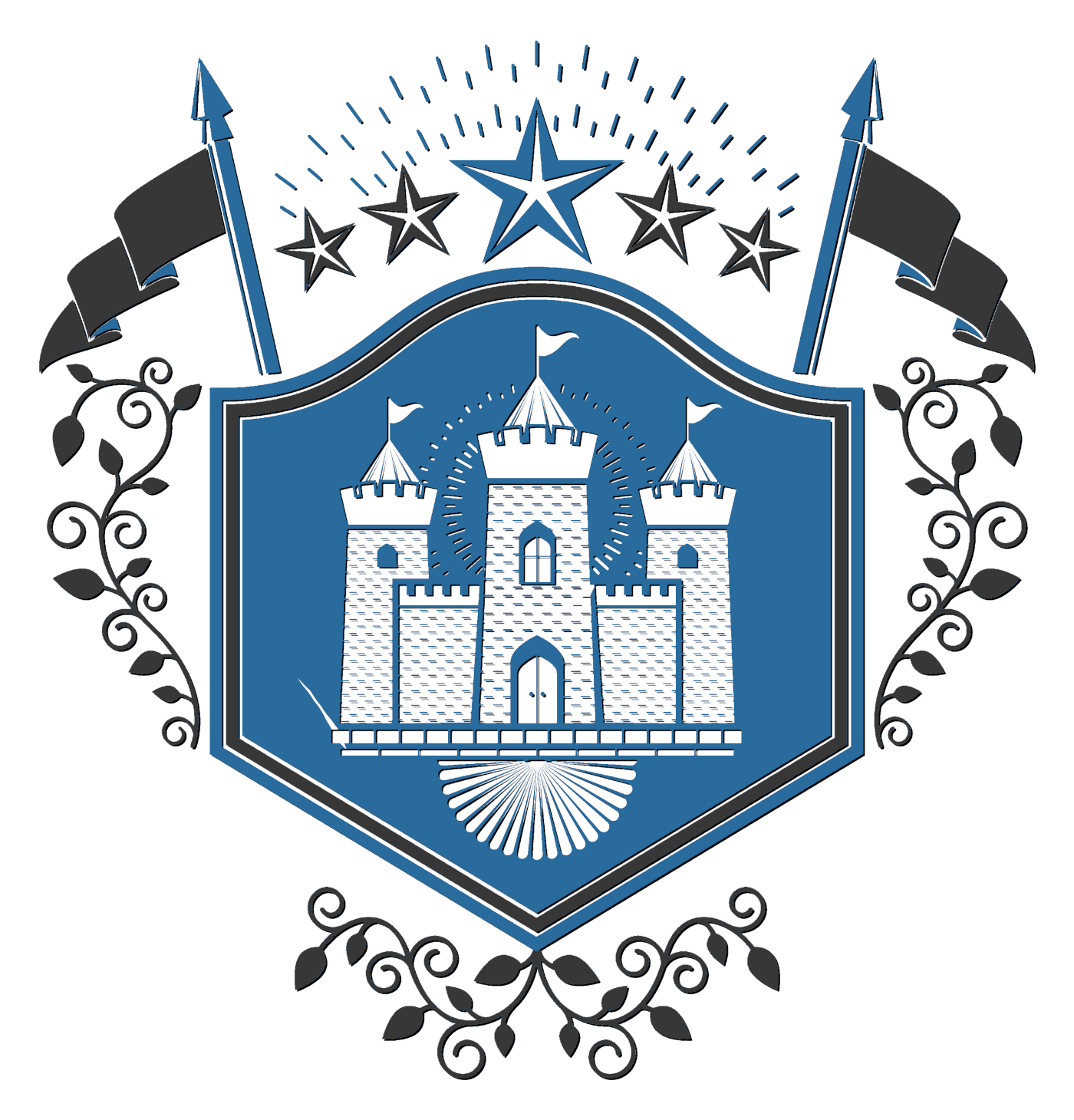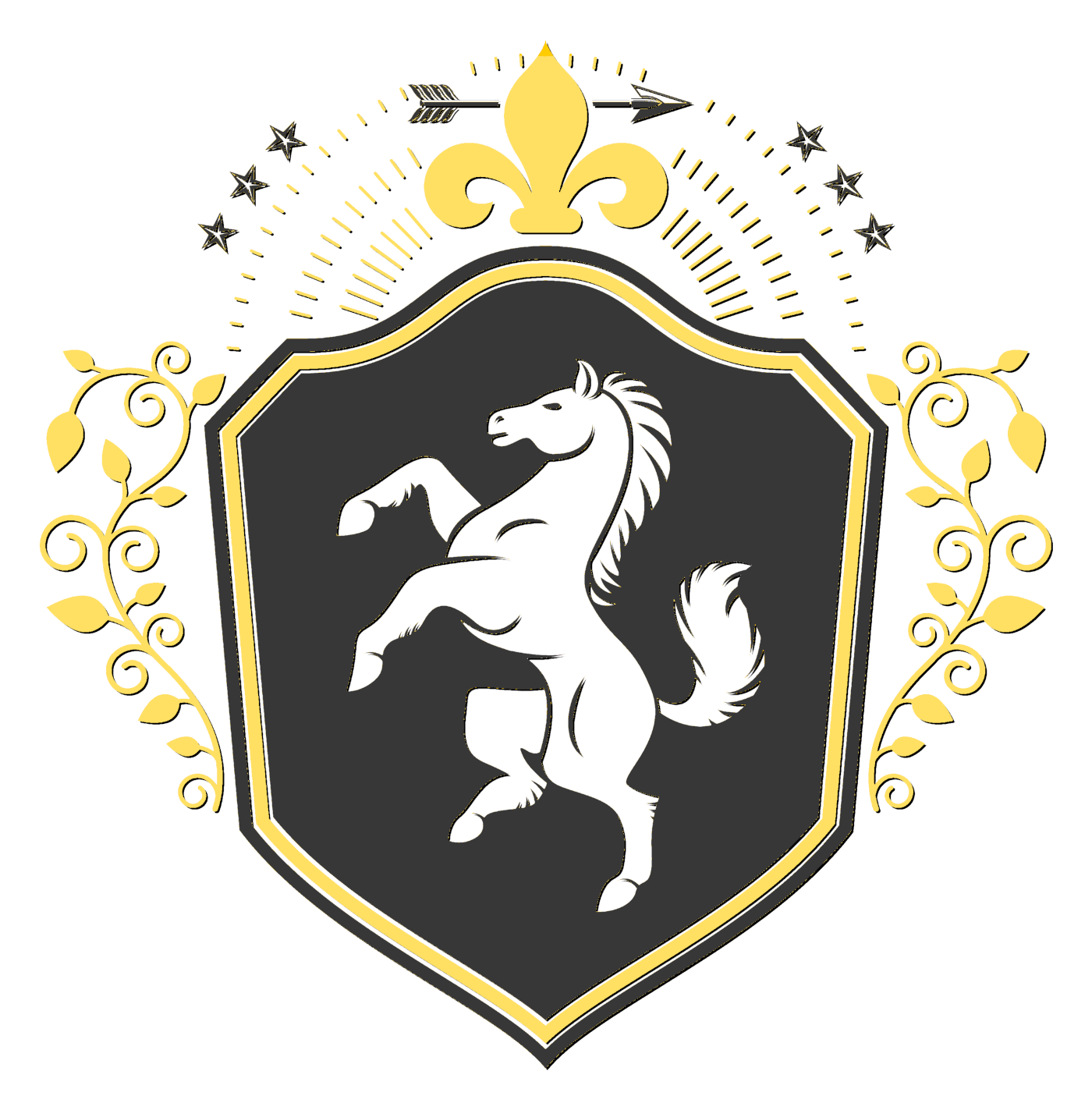Masurhiente
OriginNo one is certain where the Masurhiente came from, or when, because of their small size, and their unobtrusive habits. The best guesses indicate that they never arrived on Asroko, but rather began life there when Eshteka was created, living peacefully with the Wood People [name still temporary] and quietly removing themselves from the vicinity when new, strange people began taking control of the land. As time passed, they accumulated in a tiny corner of Asroko, which they claimed for their own and named Masurtania. There they stayed, peacefully ignoring the rest of the world for several centuries, as they focused their energies on science and the arts.
AppearanceAs has been stated elsewhere, the Masurhiente are generally six inches tall. (Although there have been a few instances of some reaching a whopping eight inches. These are, however, vastly in the minority.) In appearance, they are much like humans, except for their wings, which they keep folded neatly over their backs. Their eye and hair color range vastly. There is no stereotype.
 Clothing
ClothingMasurhiente are not in the least bit picky about their clothing. If a style strikes their fancy, they wear it. In fact, you can walk down their streets and never see the same style of outfit twice, unless you pass the same individual twice.
 Food
FoodMasurtanian soil is much more fertile than Ameantor’s. Folks suppose it is because of Masurtanian ‘sorcery’ (referring to their mysterious scientific developments), and in a way they are right. Masurtanians understand the science of healthy soil, and their farming practices are much more congenial to the soil. Thus, they eat both fruit and vegetables in plenty, and also smaller game. (The larger game is often too hard for six-inch people to bring down without large forces. XD)
ReligionBasic DeitiesThe Masurhiente, in all their scientific searchings and observances, came to the conclusion that there is but one, all-powerful God, who created the earth and tends it lovingly. Awed at the God they had discovered, they wondered if there was any name they could call Him by that would do justice to Him. At last, they decided to call him Iah Weh, or Beyond Comprehension. (Roughly translated.)
BeliefsMasurhiente believe Iah Weh created Eshteka with a master plan in mind. They believe He makes everything happen, and they are awed by the fact. Thus, they dedicate their energy to Him, in studying His creation, His attributes, and praising Him through all that they are. They are focused on Iah Weh, not on the happenings outside their tiny country, because they realize just how huge He is. They believe that one day Iah Weh will carry all His people off of Eshteka to a new world He has made for them, where everything will be perfect and they can revel in His glory for eternity.
Holy DaysMylah Iah Weh (Exact meaning unknown) – Myla Iah Weh is held every seven days. On this day, all normal work (besides necessary ones, such as tending animals) is set aside, and the people gather together in small groups to share with each other what glorious things about Iah Weh have been revealed to them throughout the week. Thus, the people as a whole are constantly learning about Him.
Other DetailsMylah Iah Weh meeting houses are located all throughout Masurtanian cities. Seeing one is as common as seeing the Masurtanians themselves. They are small buildings with a single room, built to accommodate ten to twelve Masurtanians. Whereas most buildings are made to accommodate humans as well as Masurtanians, the meeting houses are not. If human visitors care to hold Mylah Iah Weh meetings, there are larger, although fewer, meeting houses, but due to the lack of regular visitors, these are also used for other purposes.
OccupationsThe Masurhiente work at all sorts of jobs, but because of their peaceful nature, they focus mainly on the arts, and science (which, considering the day and age, is closer to alchemy than anything else). Their artists and musicians are held in high regard, and festivals are often held at which all can enjoy them. The king himself would never be seen in public without at least a handful of musicians accompanying him, and his palaces are richly decorated with the most famous artists’ works.
Science, (alchemy) is also an extremely popular occupation, and as a result, the Masurhiente technology is quite advanced in comparison to the rest of the world. Their secrets they guard jealously, however, as they fear that if anyone were to know them, they would have the power to drive the Masurhiente off the face of the earth – or at least into hiding. As it is, they are greatly respected because of the ‘magic’ that protects them, aka the inventions they have developed.
WarArmorIn their quest for knowledge, the alchemists developed special metals, from which they crafted new, nearly impenetrable armor, as pictured above. The armor is composed of three basic materials.
1. Luar duichi – A light, indestructible fabric
2. Luar djhosko – Tough, surprisingly light, metal plating
3. Luar tringa – A flexible, impenetrable strips of metal (If it could be called such, for its flexibility is far greater than ordinary metal. However, as they are a result of careful development, that would be expected.)
The helmet is composed of the hardest metal, with translucent – albeit dark in color – plates over the eye-holes. The alchemists designed them to be large, allowing for a greater range of view than that of normal helmets. The insect look was unintentional at first, but as they considered the matter, they supposed that if they were to make it look purposeful, none could make fun of it, whereas if they were to let it look accidental, it would be made the jest of every country, and none would respect them. Thus, they designed the helmet after an insect’s head, with the jaws at the bottom of it. If you look closely at the drawing, you can see there are two protrusions at the sides of the helmet. Folks have speculated over their use for some long while, but no possible reason for them has been discovered, for that is one of the Masurhiente’s long-kept secrets.
The body of the armor is composed of all three of the materials aforementioned. Underneath it all, is the fabric-like substance, to which they attach everything else so that there are no ungainly straps everywhere. Over the shoulders and upper ribcage, they used the hard metal plating, and below, multiple strips of the softer metal, to allow for full movement of the body. The lower diamond-shaped plate is also of the soft metal, and the front and back plates are not connected, so as to allow for more flexibility.
As far as anyone can tell, the leg plates and the arm plates are not connected to the main plating, but that has not been determined, because there are no chinks between them. It would almost seem that the entire thing is one piece, all connected to the same indestructible cloth. None know for sure.
The boots are separate, however. Observers have determined that. They also have the cloth inside them, connecting each tiny piece together. The upper part of the boot is composed of the hard metal, as are the toes and heels, but the middle is made of strips of flexible metal. The spikes on the bottoms of the boots are attached to the heels and toes, which, if you look closely, are patterned after a bee’s stinger in that they will not be easily removed from anything they penetrate. These are for grip, mostly, because their small size would be useless in battle. Considering that the Masurhiente fly, it is not necessary that the boots be made for walking in.
Their hand plating is likewise unconnected from the rest; actually, from the elbow down appears to be a single piece – a glove, as it were. The pieces are far enough apart from each other, that this is the most feasible theory, in that it would be possible to slip a hand in. The back of the hand plating is actually a mixture of the flexible metal and the hard metal, producing a semi-flexible plate. The palm, however, has only the strips of flexible metal. The undersides of the fingers are covered with naught but the protective cloth, providing better grip than they would otherwise have.
No, that is not a cape they wear. That is a specialized wing shield. The alchemists puzzled long as to how they could protect the wings of a Masurhiente. Because of their position, also, they could jeopardize back protection too. At last, they came up with a workable design: a wing shield, much like that of a beetle, although you may notice that the pattern is that of a true bug. It is made entirely of the light, flexible metal, and is composed of four pieces. The lower point, you may have noticed, is actually the back part of the body plating. The upper triangle, connects to the shoulders of the armor – no one has been able to tell how – and overlaps the lower pieces for additional protection. The two diamonds are separate, connected also at the shoulders. The inside is coated with a rubbery material that causes the Masurhiente’s upper wing to adhere to it. Thus, it becomes part of the wing to all intents and purposes. The lower wing folds inside the upper one when not in flight, but also has a thin plate protecting it.
Thus the Masurhiente enter battle with naught but the inside of their true wings showing; everything else visible is armor, and quite impenetrable. Bear in mind that these people are naught but six inches tall, and I think that you will marvel at the intricacy at the tiny pieces.
WeaponsConsidering the size of the Masurhiente, you will understand that it is folly for them to engage in hand-to-hand combat. They are almost entirely dependent on their long-range weapons. I say almost because they also arm themselves with Scirratii, the weapon featured in the drawing. This is made of a strange metal (also discovered by the alchemists) that draws electricity from the surrounding air to itself and exerts it through the saw-like teeth on anything it strikes – producing a weapon that can actually cut through most types of armor. This, however, is not a significant benefit to the Masurhiente, and they use it only when the have to, relying instead on their explosives.
Yes, I did say explosives. The alchemists in their experimenting developed several types of explosives:
1. ‘Dry’ explosives, or explosives that do not burst into flame, etc. These are used primarily for the element of surprise. They produce a loud bang to confuse the enemy.
2. ‘Hot’ explosives, or explosives that do burst into flame. They are designed to cause unquenchable fire, similar to the ancient Greek Fire, which cannot be put out with water.
3. ‘Cloud’ explosives, or explosives that throw shrapnel everywhere when they go off. They are intended to mow down as many enemies as possible, and are much larger and heavier than the other kinds. Thus, they are solely flung by machines, not by hand.
Besides explosives, Masurhiente also use dragons as weapons. Yes, they are only the size of a large dog, but they are caught in the wild and trained for battle, and are substantial threats to any attacking horde. You could call them another type of explosive, almost, because they are trained to blow fire on the enemy. Their scales are fairly impenetrable, and they are experts in flying, too. The Masurhiente use them not only as their main infantry, but also as aerial mounts, because they can mount explosive-flinging machinery on their backs, as well as contraptions that appear to be a cross between a crossbow and a machine gun. (Which technology is unknown to other nations. You wonder that the Masurhiente are feared?)
TacticsMasurhiente nearly always take the defensive when it comes to fighting. I say nearly, because once an invading army is within their borders, they will not wait to be attacked, but will make the first move. Their armies (composed of well-trained volunteers from other professions) are composed of several units:
1. Dragon infantry – The dragons dash into the fray first, using tooth, claws, tails, horns, fire, and any other available objects against the invaders. Often they will roll across the ground like a scaly ball, knocking everything flat.
2. Ground artillery – The catapults, etc. designed for ground use follow the dragons. These are also pulled by dragons, as anything else could be killed too easily. Masurtanians ride them, and operate them from there. Often there will be rank upon rank of Masurtanians lined up on every available non-moving part of the machine, armed with every projectile (explosive or otherwise) available.
3. Aerial artillery – These are the flying dragons laden with explosive-flinging machinery, and scores of Masurtanians. Sometimes you will even see gliders towed behind the dragons, carrying extra explosives – even another machine. These swoop over the enemy in seemingly random (but actually carefully orchestrated) patterns, and are really quite effective.
That’s pretty much all I’ve developed for their warfare for now.

Questions? Comments?



 I put in a sentence fragment?? O.O *Goes to fix* All better. XD
I put in a sentence fragment?? O.O *Goes to fix* All better. XD
